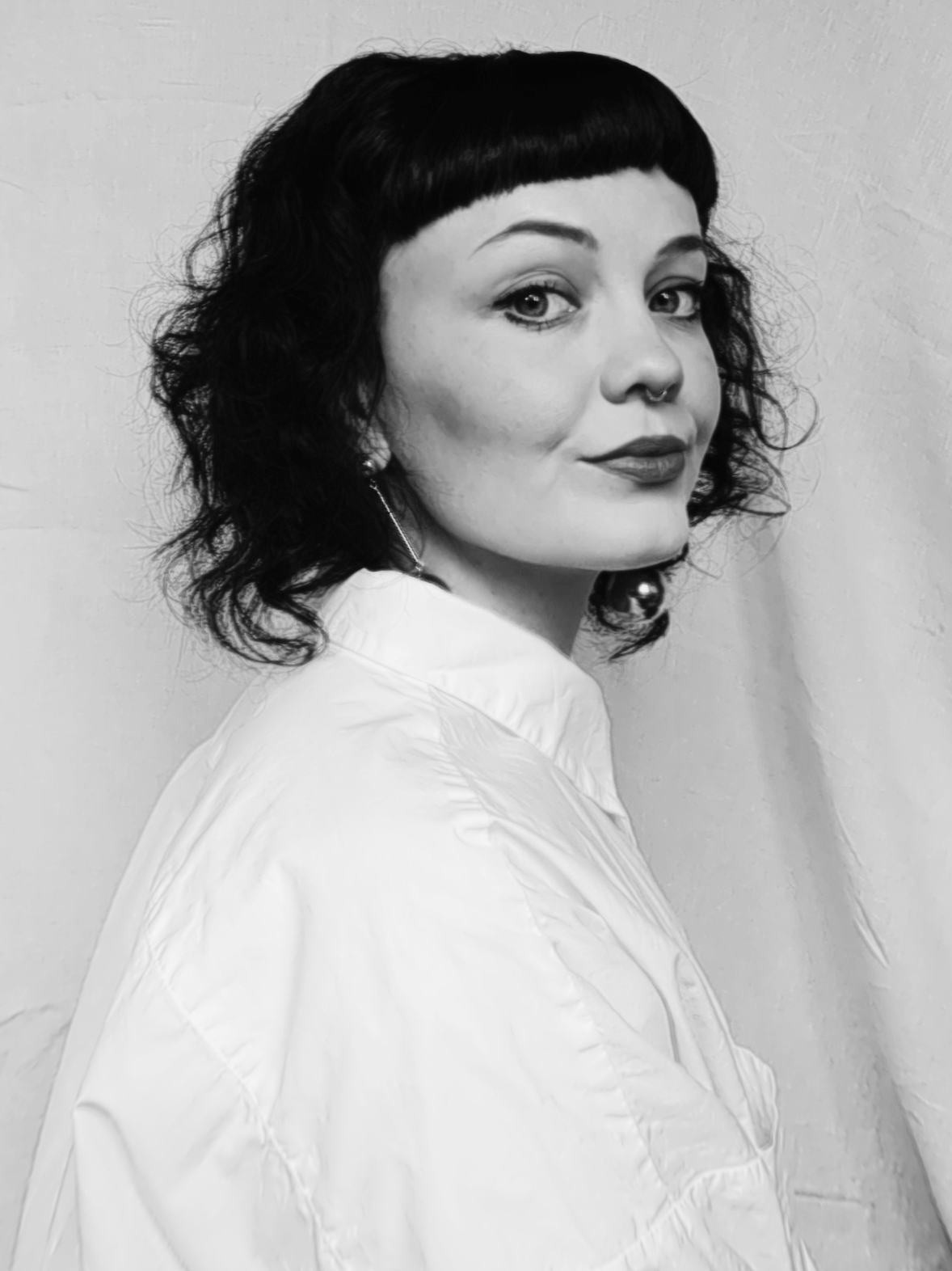Alright – so today we’ve got the honor of introducing you to Rosie Turner. We think you’ll enjoy our conversation, we’ve shared it below.
Rosie, appreciate you joining us today. Can you talk to us about a project that’s meant a lot to you?
It was through a series of small but significant events that I found myself in front of a group of people, one of them nude and artfully perched on a pink stool, talking about the importance of creativity. “All drawing is good drawing” I said, and I meant it. It was here that I found a deeper sense of self worth as a life drawing host and creative facilitator.
What began as a simple offer to “run a drawing class” transformed into something profound, as I realised I needed to dissolve my own artistic ego to make space for others to connect with their creativity. In guiding people through life drawing, I discovered a deeper purpose and a new way to foster artistic connection and community. And it felt REALLY good.
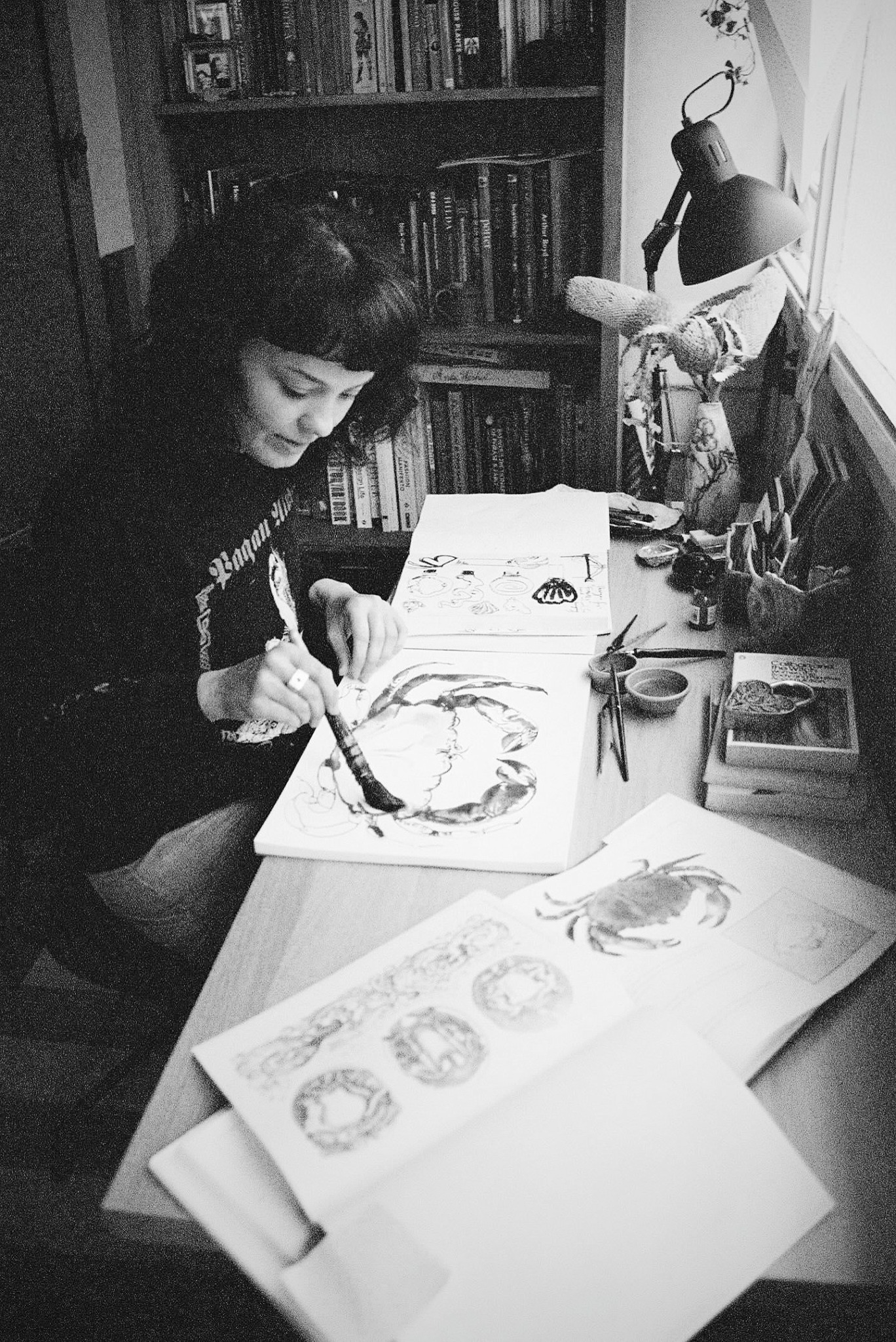
Rosie, love having you share your insights with us. Before we ask you more questions, maybe you can take a moment to introduce yourself to our readers who might have missed our earlier conversations?
I moved to Melbourne in February of 2021 in the middle of the COVID-19 Pandemic. At the time, Melbourne was one of the most locked-down cities in the world. But I was in love and I had a Subaru packed with clothes and art supplies and a border permit ready to go.
The thought of building connections in a new city felt overwhelming, especially within an art scene that I barely knew. Also, everyone was still very freaked out about COVID and it was tricky to navigate social situations. But gradually, I began to encounter people who were open, friendly, and genuinely welcoming. One of these people was Nour, the owner of Unassigned Gallery, an artist-run space in Brunswick. She was starting something new, something to platform artists on the periphery. She welcomed me in and asked if I could host a drawing class. This is where I began hosting life drawing sessions—a project that has come to hold speical meaning for me.
At first, these sessions were simply a way to make a home within Melbourne’s arts scene, meeting new people and their work, but they soon revealed a different purpose. I realised that, through teaching life drawing, I could help others connect with their own creative selves. So many people arrived at these sessions with no experience in drawing. They would sit down and I could feel their anticipation – a mix of excitement and nerves, and often a quiet fear of ‘not being good enough.’ For many, art had been dismissed as a luxury or an indulgence, something that wasn’t “useful”. Even seasoned artists carry this baggage of doubt into their approach to creating. It’s a gross, stinking albatross that people carry around their necks. Very quickly I realised that it was my role to help them release that fetid burden, their preconceived ideas of what “good” art should be and encourage them to explore freely, without judgement.
Standing to the side of the room while our model held a long pose, I’d look around the room and see everyone quietly sinking into a flow state. It was profound. It became clear that this wasn’t just about drawing; it was about creating a space where people could reconnect with their creativity and bravery. In finding a way to help others step into their own artistic identities, I felt I had discovered my own place within this community—not just as a teacher, but as a conduit for creative self-discovery and connection.
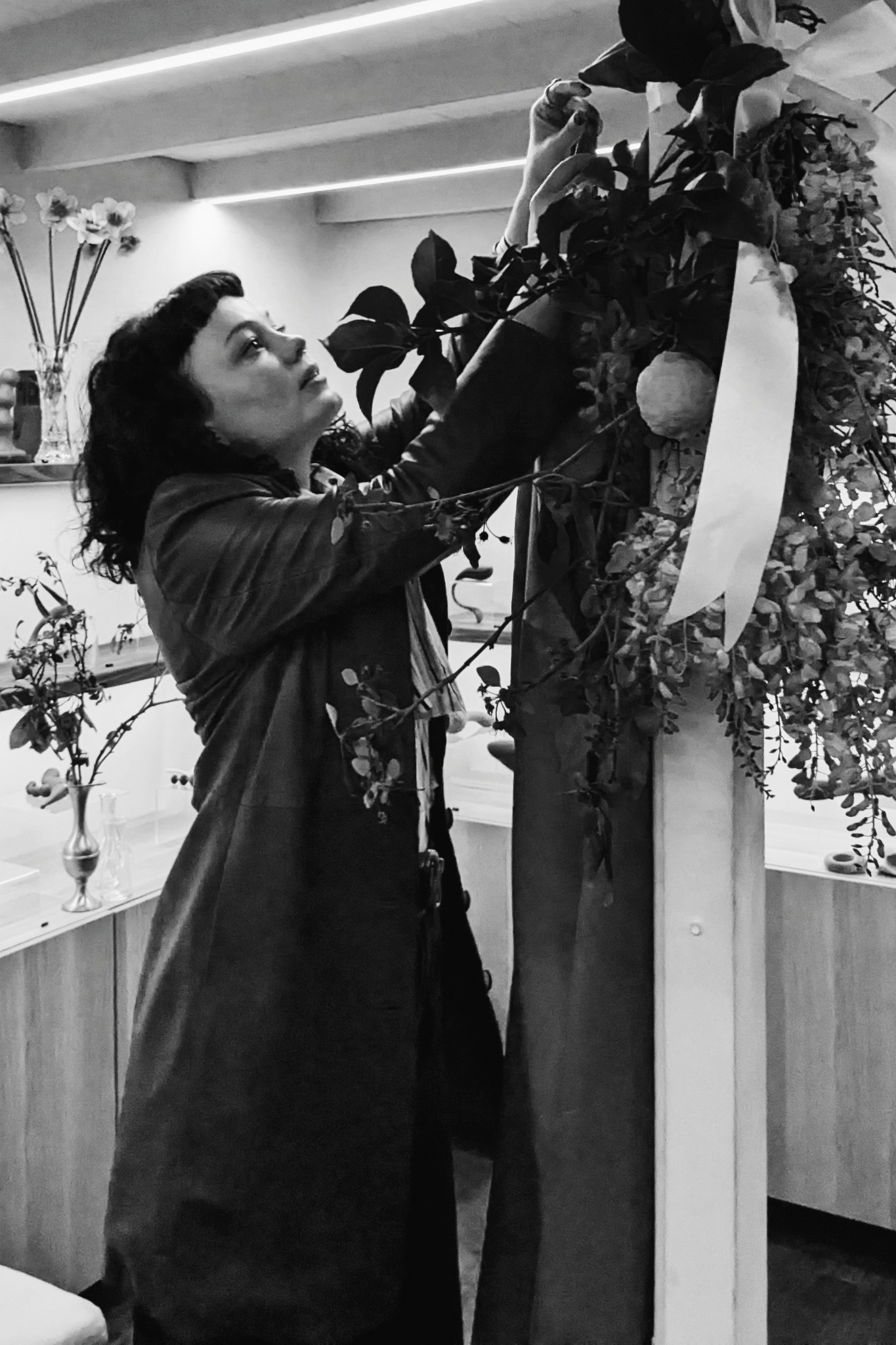
Have any books or other resources had a big impact on you?
One book that I return to over and over again is “The Other Side: A Journey into Women, Art, and the Spirit World” by Jennifer Higgie. This book is an absolutely fascinating exploration of the intersections between art, spirituality, and the often-overlooked contributions of women artists who engaged with the spirit world. While this isn’t a direct approach to creative entrepreneurship – I find it very inspiring to read about women who operated outside of the normal social structure and moved towards a creative life.
The book delves into the lives and works of artists from the 19th and 20th Century, many of whom sought to express visions, mystical experiences, and connections to the supernatural in their art. Much of the research in this book details how these artists were able to walk an alternative pathway to creative expression when mainstream spaces were closed to women.
I think that if anyone is curious about how female artists found liberation and creative freedom outside traditional frameworks this book would be very inspiring!
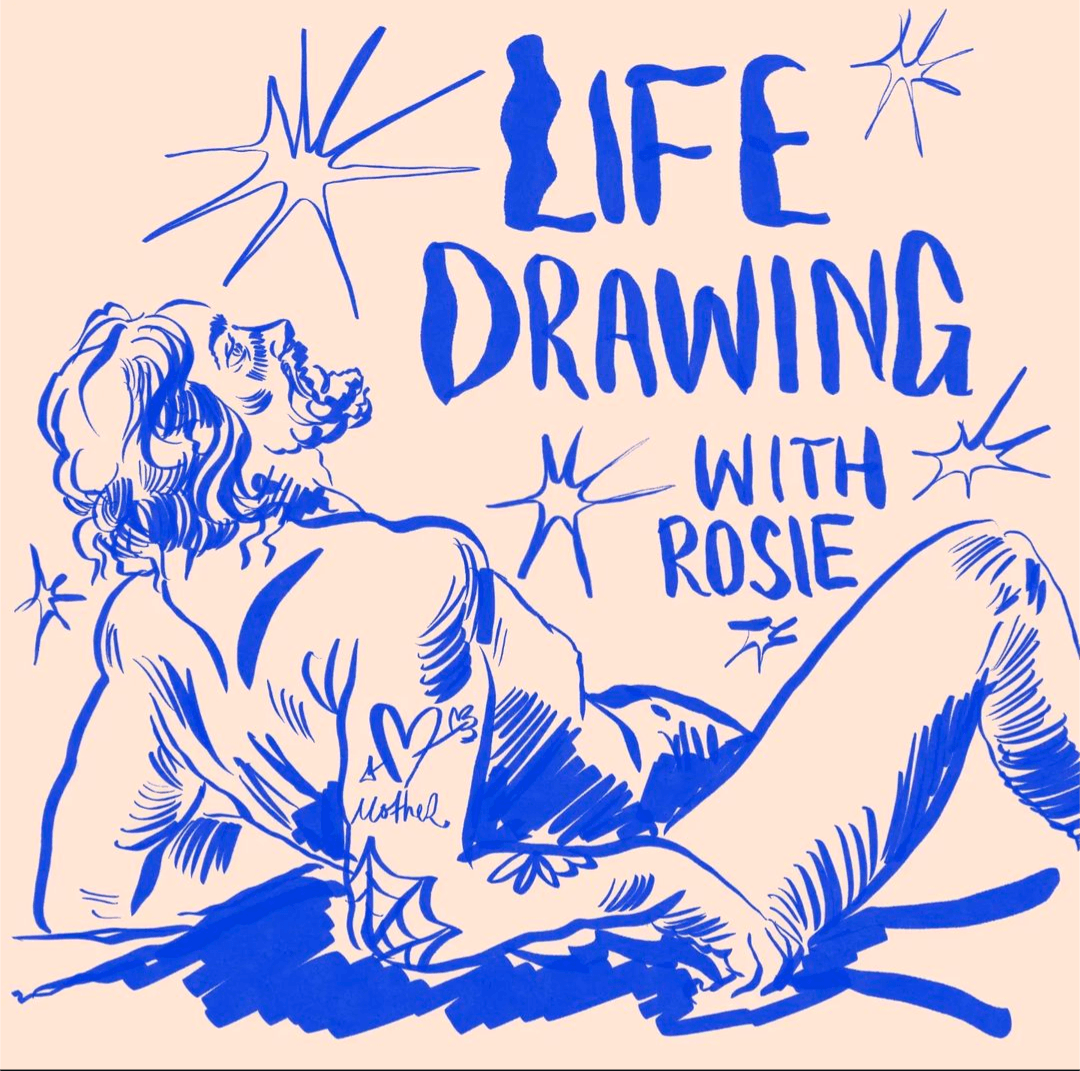
What do you find most rewarding about being a creative?
The most rewarding part of being a life drawing teacher and creative person is witnessing others unlock their own creative potential. Quietly watching people come to the session, often uncertain or self-conscious, and leave with a sense of accomplishment and self-expression they didn’t know they had is so affirming. I like making people feel welcome, safe and empowered. Life drawing offers a way for people to explore without the pressure of perfection, encouraging them to let go of judgments and immerse themselves in the act of seeing and creating.
Being able to make space for folks to literally get out of their own heads and onto the paper is magic. It’s so fulfilling to guide them through this experience, to see them shed doubts and reconnect with their creativity. It’s just the best. That’s the power and joy of creative expression itself.
Contact Info:
- Website: https://www.rosieturnerx.com
- Instagram: @rosie_turnerx

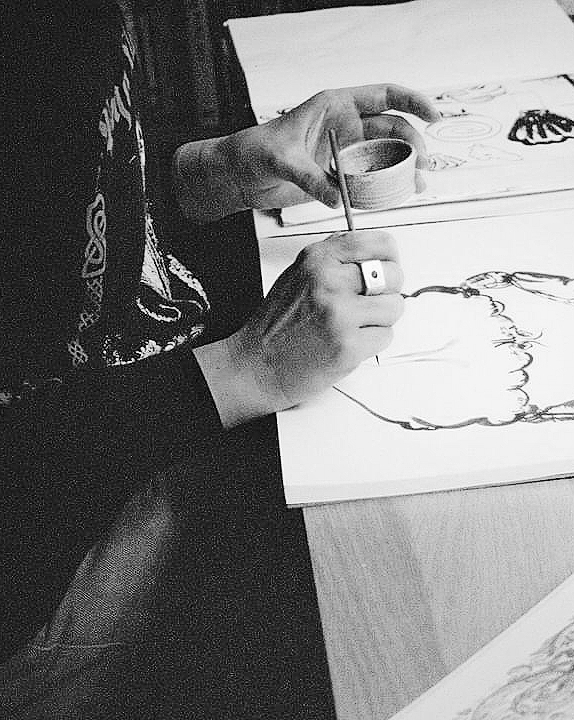
Image Credits
Studio Photos by Jamie Vitacca


